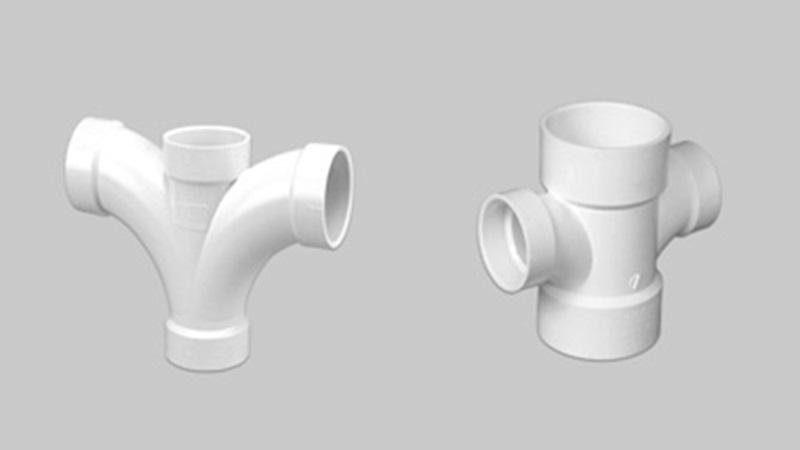Gutters play a crucial role in protecting your home from water damage. They channel rainwater away from the roof and the foundation, keeping your property safe and dry. However, for gutters to function effectively, they need to have the right slope. In this article, we will discuss how to adjust gutter slope to ensure they work optimally.
Understanding Gutter Slope
Before we delve into the adjustment process, let’s understand what gutter slope is. The slope refers to the angle at which the gutter is positioned to ensure proper water flow. If the slope is too steep, water might rush too quickly, leading to overflow. On the other hand, if the slope is too shallow, water can pool in the gutters, causing damage.
Gather Your Tools
To begin the adjustment process, you’ll need a few essential tools:
- Ladder: Ensure you have a stable ladder to access your gutters safely.
- Screwdriver: You’ll need this to loosen and tighten the gutter hangers.
- Level: A level will help you ensure the correct slope.
- Measuring Tape: This tool will help you measure the current slope.
- Pliers: Pliers will come in handy for any necessary adjustments to the downspouts.
Safety First
Before you start, it’s vital to prioritize safety. Here are a few safety tips to keep in mind:
- Use a sturdy ladder: Make sure the ladder is on stable ground, and someone knows you’re working on it.
- Wear appropriate clothing: Dress comfortably and wear gloves to protect your hands.
- Avoid working in adverse weather conditions: Gutter adjustment is best done on a dry, calm day.
Assess the Current Slope
Before making any changes, you need to determine the current slope of your gutters. To cut your energy bills, use a measuring tape and level to measure the angle. This will serve as a reference point for your adjustments.
Loosen Gutter Hangers
To adjust the slope, you’ll need to raise or lower the gutter hangers. Using a screwdriver, carefully loosen the screws holding the hangers in place. Do this for the entire length of the gutter.
Adjusting the Slope
Now that the hangers are loose, you can begin adjusting the slope. Use your level to ensure a consistent angle along the entire length of the gutter. It’s recommended to maintain a ¼ inch drop for every 10 feet of gutter.
Re-Tighten Hangers
Once you’ve achieved the desired slope, re-tighten the screws on the gutter hangers. Ensure that the gutter is secure and won’t shift.
Checking for Proper Drainage
After adjusting the slope, it’s essential to test the gutter’s functionality. Pour some water into the gutter and observe its flow. It should move smoothly towards the downspout.
Inspecting Downspouts
Check the downspouts for any clogs or blockages. Use pliers or a drain snake to clear any debris that might hinder water flow.
Regular Maintenance
Properly adjusted gutters should function well. However, regular maintenance is key to ensuring they continue to work optimally. Clean your gutters at least twice a year to prevent clogs.
In conclusion, adjusting the slope of your gutters is a crucial maintenance task to keep your home safe from water damage. With the right tools, safety precautions, and attention to detail, you can ensure your gutters are properly sloped for efficient water drainage.
FAQs
How often should I adjust the slope of my gutters?
You should check and adjust your gutter slope if you notice any water overflow or pooling. Otherwise, an annual inspection is a good practice.
What’s the ideal slope for gutters?
A ¼ inch drop for every 10 feet of gutter is generally considered ideal for proper water flow.
Can I adjust gutter slope on my own?
Yes, you can adjust the slope of your gutters as long as you follow safety guidelines and have the necessary tools.
What are the risks of improper gutter slope?
If the slope is too steep, it can lead to overflowing water. If it’s too shallow, water may pool in the gutters, potentially causing damage to your home’s foundation and roof.
Why is regular gutter maintenance important?
Regular maintenance, including cleaning and slope adjustment when needed, ensures that your gutters can effectively protect your home from water damage.





